BLOG
|
|
Segment 24: West Union IA to Boscobel WI
Segment 25: Boscobel WI to Madison WI Segment 26: Madison WI to Milwaukee WI WOW! ON THE FIRST DAY OF THIS WEEK’S SEGMENT THE MIGHTY MISSISSIPPI RIVER IS CROSSED. Even virtually it seems like a really big deal. Notice, when leaving Iowa, that both it’s western and eastern borders are formed by rivers, the Missouri and Mississippi Rivers, respectively. Iowa is the only state with this distinction. The National Geographic Society website has a student activity for grades 6-8, in which students examine the role of rivers in the settlement of the Americas; if your kids are walking or running this challenge, it might be worth exploring as a learning module. Moving into Wisconsin the route follows along the Wisconsin River, a tributary of the Mississippi and the longest in the state. Apparently there are bald eagles to be seen along the northern Mississippi River valley, between Minnesota and southern Illinois, but mostly in January and February. The rest of the week runners will travel across Wisconsin’s to it’s two largest cities. The first stop is at Madison, the state’s capital named after President James Madison, home of the University of Wisconsin, and second largest city. Milwaukee, the largest city is next. According to the TrekTravel.com online itinerary for its bike tour (week 4, day 28), the route to Madison from Boscobel WI takes you through a beautiful ‘unglaciated region” of Wisconsin’s Driftless Area, where you experience steep and rolling forested hills, green valleys, and crystal clear trout streams that have dramatically carved limestone bluffs. It says that nearby farms, which use sustainable growing practices, produce organic foods and other treasures like heirloom vegetables and artisanal cheeses likely to be found in Madison restaurants and its farmers market. Part of the site’s admitted enthusiasm for this city is due to the fact that Madison is TrekTravel’s hometown, which explains the wonderful insight into the area's charms. Milwaukee is at the eastern edge of the route through this state and offers up scenes of the Lake Michigan western shoreline and the Brewers’ baseball team stadium, Miller Park. It is the home of iconic Harley-Davidson motorcycles and the company's landmark-building-housed Museum. There is much to see and enjoy here. Get ready to cross the Big Lake next week! The Week 9-10 Segments Maps are on the RESOURCES page, also the Itinerary and Calendar. RUN HAPPY! http://nationalgeographic.org/activity/rivers-of-americas/ https://en.wikipedia.org/wiki/Wisconsin_River http://www.baldeagleinfo.com/eagle/eagle1.html https://en.wikipedia.org/wiki/Madison,_Wisconsin http://trektravel.com/trip/cross-country-usa-bike-tour/ http://www.harley-davidson.com/content/h-d/en_US/home/museum/visit/visitor-information.html http://milwaukee.brewers.mlb.com/mil/ballpark/ https://en.wikipedia.org/wiki/Milwaukee
0 Comments
DID YOU REALIZE THAT GIRLS ON HIGH SCHOOL CROSS COUNTRY TEAMS don’t always race the same distances in meets as boys? I learned this in Runner’s World, “This Fall High School Girls In Most States Will Race Same Distances As Boys”, by Allison Wade. According to Wade's piece, 48 states will have changed this practice and only 2 remain with some differences.
The cited reason is not as simple as an old rule being rigidly followed into modern times. Or so the explanation seems to imply. What is the arugment for maintaining gender-based distinctions? Larger schools can field sufficiently large teams but smaller schools cannot, and it’s felt that increasing the race distance would further decrease high school girls participation in the sport at these smaller schools. This is the case in Oklahoma and Texas, where girls run 3.2K instead of 5K races in small schools. Another reason cited by coaches of smaller school teams is that 7th and 8th graders are sometimes on their rosters, and until they get into 9th grade, these girls are better off running shorter distance races. More surprising is that the situation is similar at the collegiate level and in the world of professional racing. “Collegiate men race 8,000 meters throughout most of their season before moving up to 10,000 meters in the post-season, while women race 6,000 meters. At the professional level, men race 12,000 meters at the world cross-country championships while women race 8,000 meters.” A Runner’s World article “Men v Women Race Distance: An Equal Running Field” has an extensive discussion that seems to say the differences arose because historically distances have varied for both genders, women entered important competitions later than men, and women were at first not thought to be as strong as their male counterparts. One reason the differences remain seems to be that no one has challenged them. An argument is also made that changing race distance might lower the number of women (or men) a team can field competitively. Apparently in track and field events the distances are the same. In road races and marathons they of course are the same. The article concludes, “experts agree the anachronistic setup serves no real purpose.” Cross country runner Katie Carlson, who at the time of the article’s writing was a senior at Middlebury College and who researched the topic, is quoted at the end of the piece as saying, "I believe it has a profound psychological effect on women and girls, and how we see ourselves relative to men… It sends a very subtle message that no matter how hard women run, we're seen as second-best." What do you say? RUN HAPPY! http://www.runnersworld.com/high-school/this-fall-high-school-girls-in-most-states-will-race-same-distance-as-boys http://www.runnersworld.com/races/men-vs-women-race-distance-an-equal-running-field “FIVE WAYS TO SQUAT BETTER” an article presented on MyFitnessPal.com by SELF magazine helps you perform this move properly so that your glutes (buns) get the most benefit (steely strength) from the effort .
In summary, the article indicates you should: move hips back and down first, keeping keep heels down, head up, chest out, and knees out slightly. There is more explanation of why these form components are important, which help you remember them. Finally the piece links you to a ‘one-song-workout’ suggestion that is fun in concept and tough to complete. It’s difficult to watch someone with an ugly form attempt exercises. If you imagine yourself doing an exercise just as badly, it can be the motivation to learn each move in your routine such that your form is a thing of beauty for those around you to witness. However, sometimes you are just not ready for an exercise. An alternate way of strengthening a particular muscle may produce better, faster results. In addition to muscle weakness (the reason you are doing the exercise is to strengthen a specific muscle or group), decreased flexibility and joint mobility may hamper movement; other times it is poor balance or weakness in contributing muscles. It is important to develop a comprehensive workout program for yourself that addresses all aspects of fitness. This goal is difficult to accomplish without expert help. An assessment by a qualified trainer will be the most direct path to constructing such a program, which should take into account your limitations and start with exercise movements you can successfully execute without injury. “Easier said than done”, you may proclaim. Having progressed from injury diagnosis, to physical therapy (PT) for recovery from the injury, and then training to get back to previous performance levels, I know how difficult it is to negotiate this maze. My experience is that the PT exercises prescribed to recover from an injury are perfect for the first/lowest stage of later strength training. The physical therapist is able to demonstrate how the exercises can be altered to be more challenging beyond the beginning and even intermediate stages. The “prescription” given to me 10 years ago for knee pain included exercises I see promoted online now for runners of all capabilities! I still use them. If you find that despite careful attention to form you are not able to perform certain moves like the squat, ask your trainer to suggest an alternate exercise for the same muscle group. If you are researching on your own, try as many exercises as possible to find which ones work best for your capabilities. Those performed on the floor or with less complex movement while standing are likely to require less balance and core strength; however you will then need to add separate balance and core exercises to your routine. I am not a trainer. IT WILL REQUIRE EXPERT ADVICE TO PUT TOGETHER A GREAT PROGRAM. Keep in mind that this same program also promises to improve performance in any sport activity and allow maintenance of musculoskeletal health far into the future. Good luck. RUN HAPPY! http://blog.myfitnesspal.com/5-ways-to-squat-better/ X-RATED CONCEPT APPAREL NOT A WEIRD AS YOU THINK
Recently Nike was in the news for the debut of new AeroSwift performance gear at the US Track and Field Olympic Trials (see blog post July 16, 2016). Another global company, Ansell, is making headlines by constructing concept athletic wear, called SkynFeel Apparel, with condom material. Check out the video embedded in the article. RUN HAPPY! http://www.drugstorenews.com/article/ansell-trades-condoms-performance-apparel-skynfeel-intro “THE $1600 MARATHON”, by Jen Miller for the New York Times WELL blog is quite an eye opener as to the cost of competing. It was surprising that for a few items she paid nothing or less than expected, for various reasons, so the cost could have been greater. For example, due to her job as a self-employed writer of running-related articles she had received a copy of a training program book at no cost that she had used for an earlier marathon. She early registered early for her race and had a discount available. The nearness to home of the race and some family help lowered transportation and lodging costs significantly.
There were several items/services that to some would seem frivolous expenses. Having only experienced training and running a half marathon myself, I’ve learned that the anxiety involved in trying to prepare oneself physically to compete and not sustain injury on a long distance race can change perspective on what’s a basic need versus a luxury. In her own words Miller describes ONE item that EarnedRuns bibs can supply at no cost, INTERMEDIATE RACES. “Racing shorter distances while training for a marathon provides a check-in to see how you’re doing speed-wise (and psychologically) and breaks up the monotony of training. I also use shorter races to test out what I will wear on marathon day to make sure it all works. During this training cycle, I ran two 5Ks and two 10-milers. Cost: $235.40. “ The website HOME page has a suggested use for EarnedRuns bibs, under the heading "SOLO USE" that discusses this: Training: prepare for upcoming certified events by running a shorter distance INTERMEDIATE race. The inclusion of INTERMEDIATE RACES in a marathon or half marathon training plan can be problematic for reasons other than cost. Long slow weekend runs, a given in any plan, can leave runners unavailable for other commitments and activities with family or friends and at work (this fits into the 'opportunity cost' category). Finding the specific distance race in a nearby location on the exact day called for in the plan can be difficult and the search and travel to regional sites can also be time consuming. Think about using EarnedRuns bibs for at least one of the intermediate races to save the cost of registration. You'll be surprised how seriously you approach this race, even though you might be the only person monitoring your performance. RUN HAPPY! http://well.blogs.nytimes.com/2016/07/15/the-1600-marathon/ I'VE RUN CHICAGO'S LAKEFRONT TRAIL ALONG LAKE MICHIGAN, mostly on Saturday mornings during weekend visits, and it is a very busy place. Runners of all abilities run solo, in friendly bunches, or in training groups, sharing the path with speedy bicyclists and slower walkers. I don’t usually wear headphones to listen to my phone app's voice coach call the miles, audiobooks, or music in order to be alert and prepared for the passing of those faster-moving bodies. They never announce “on your left” as I would on my relatively quiet trail back home. There’s no need because someone is always passing someone else and it would only cause confusion. Defensive running is a must here.
At the Chicago Rock ’N Roll Half Marathon on July 17, Julia Webb was probably silent too as she sped along and set a world record in stroller running, while pushing her 9 month-old daughter. She ran at a 6:20 mile pace, finishing in 1:22:57, almost 5 minutes faster than the previous record holder’s time of 1:27:34. Read more about Julia as well as an account of the event in a USA Today article “Meet the Baby Stroller Pushing Half Marathon World Record Holder” by Scott Gleeson. Who knew this was something to attempt? How do you run to avoid injury when you’ve got a stroller + infant/child in front of you? The mechanics of good stroller running form are presented in an article from Breakingmuscle.com, “Five Tips For Running With a Jogging Stroller” by Nicole Crawford. There are “do” and “don’t” pictures demonstrating what the author says is proper posture. Other general tips are offered in a Runner’s World piece “Tips for Running With a Jogger Stroller” by Lynn Olanoff, who in her subtitle opines that, “it’s an art form”. When I had two youngsters of stroller size with me long ago, running on a non-regulation, small-sized track with a closed gate was my best option. The Community College that owned the facility did not officially use it for team practice or competition and had no posted objection to strollers. Invariably my 3-year old son wanted to be out of his seat much of the time running his own pace while baby sister snoozed to the rhythmic movement. He was within sight, never more than a short sprint away, and when tired of running his own races, seemed happy to play with some outdoor toys we brought along. I never got more than a few miles in, but at least we had active fun outdoors together. By the way, if you want some running coaching, with or without a stroller, Webb and her husband Alan Webb, also a record-holding miler, provide run coaching services in the Portland OR area. RUN HAPPY! http://ftw.usatoday.com/2016/07/meet-the-baby-stroller-pushing-half-marathon-world-record-holder https://www.instagram.com/runjwebb/ http://breakingmuscle.com/family-kids/5-tips-for-running-with-a-jogging-stroller http://www.runnersworld.com/chatter/tips-for-running-with-a-jogging-stroller ALLISON PATiLLO EXPLAINS WHAT VIEWERS CAN EXPECT TO SEE IN A FILM about the history of popular running in her article for Competitor.com, “ ‘Free to Run’ Documentary Explores the Evolution of Running”. The piece includes a link to the trailer, which as good trailers should, left me hoping to see the entire work after watching it. Unfortunately this may not be soon. According to Patillo the film, directed by Pierre Morath, debuted July 15 in New York City. Only a few other cities have been identified as sites of release in theaters. “Additional showings are planned around the U.S., including Santa Monica (July 22), San Diego (July 29), Denver (Aug. 5), Santa Fe (Aug. 5), Eugene, Ore. (Aug. 19), Portland, Ore. (Aug. 19) and Anchorage (Aug. 29)”. An ‘on-demand’ release is in the works she says, although the date was not provided on the page that was linked to her article.
The trailer brought back memories of my own history as a runner. It was not the 1960’s, when non-elite recreational runners were just beginning to get out on the roads and faced harassment, but in late 1975 that I started. However I was living in a small town in the Great Lakes region, Kalamazoo Michigan, and perhaps acceptance of popular running lagged there a bit, like other national movements that are born on the East and West coasts. I did not know anyone else who ran recreationally, either man or woman. I honestly cannot recall the specific inspiration that caused me to take up this activity, but being a newly-minted registered dietitian I wanted to look and feel more healthy. During my internship in Los Angeles the previous year I lived within sight of the UCLA track stadium (a portion of it is in the image above). There was a lot of running excitement in 1974-75, and i recall trying to get a glimpse of the famed New Zealand miler John Walker when he visited; in August 1975 he set the world record for that distance. I lived in an apartment complex at the western edge of Kalamazoo a few miles from Western Michigan University and Kalamazoo College. There were no sidewalks and the gravel shoulder of the road into town was narrow. Early on I ran in men’s cotton gym shorts and t-shirts (there were no yoga capris or women’s active wear in that era), feeling unsure, awkward, and self-conscious. It was not fun. As passing cars would honk and swerve and their occupants would yell insults and sometimes throw light objects at me, I started running only in the dark hours, night and morning. This was less safe for many reasons, so next I began driving to the K-College track. It was so much fun running there without carrying the concerns of safety and opinions of others that I finally was able to complete 2 miles without stopping, then 5 miles, then even more. I realized that in order to make it to the feeling-good stages of running, I only needed to get beyond those 2 miles (obviously I had no concept of warming up). Jim Fixx’s, “The Complete Book of Running” was published in 1977 and this red-color-covered book lit the fires for me. In my experience it was not easy or convenient to find help with training in those early years; community-minded running stores as exist today did not open until the 1980’s and races did not commonly offer training programs. The computer/internet era expanded access to an amazing extent. My life for decades was centered on a medical career and family. None of my friends was interested. My one and only running buddy was Jan K, a fellow medical student. We ran at 5am before surgery rounds and looked like hell all day because of it. Jan moved out of state within a year to accomodate her husband’s job transfer. My running history is not one of glory or ceiling-shattering bravery; at best it is one of perseverance. Annually I can extend the streak of continuous years running and competing by one count. But I am proud of this and cannot wait to learn, through Morath's documentary, about the sport's heroes who paved the way for me and millions of other runners. RUN HAPPY! http://running.competitor.com/2016/07/video/new-film-explores-evolution-running_152926 Segment 21: Sioux Fall SD to Okoboji IA
Segment 22: Okoboji IA to Clear Lake IA Segment 23: Clear Lake IA to West Union IA The travel route on the first day this week takes runners through the corners of three states, southeastern South Dakota, southwestern Minnesota, and northwestern Iowa. The following two days will be spent crossing Iowa from west to east. Vacation spot Okoboji Iowa is the first stop on this week's portions of the trip that will end at the west coast of Lake Michigan, one of the Great Lakes. Interestingly Okoboji sits between two lakes, West Okoboji Lake and East Okoboji Lake, which are part of a chain of five ‘glacier carved lakes’ known locally as the “Iowa Great Lakes”. The chain of lakes, which also include Spirit Lake, the largest, and Upper Gar, Lower Gar, and Minnewashta extend southward from the Minnesota border. According to the VacationOkoboji.com website, “spring-fed West Lake Okoboji is a beautiful shade of blue” and is the “centerpiece” of the lakes and the communities that surround them. The mid-week destination, Clear Lake, is another vacation-tourism stop in Iowa because of its location on the shores of the large lake for which it is named. The Surf Ballroom near this town is famous as the last gig that Buddy Holly, Richie Valens, and The Big Bopper played before boarding the small private plane that crashed and made sad rock and roll history on February 3, 1958. The Ballroom still has concerts and has a Holly tribute show every February. The route to West Union from Clear Lake IA takes runners through more rolling hills and cornfields, as might be expected in one of the states considered to form “America’s Heartland”. Did you know its wind farms perform enough work to lead the nation in wind power generation? The charts in a Wikipedia item on the subject show power production is at lowest levels in the summer months, so not a problem in real-time running or biking the route! There is much more than agriculture in Iowa; however on this trip you will see mostly beautiful farmland, quaint towns, and of course, the lakes. I searched the internet for information on Iowa as part of the Great Plains, and learned that the definition of this region varies by source and that the Midwest, Plains States, and Great Plains are not synonymous designations of the same geographic areas. As proclaimed every week, by ‘exploring’ online the routes traveled virtually on this trip, merely scratching the surface of what there is to discover, I am eager to travel through these areas for in reality. America is SO BEAUTIFUL. I’m convinced that nearly every local humble 5K race along the route could be a memorable experience. RUN HAPPY! http://vacationokoboji.com/ https://en.wikipedia.org/wiki/Clear_Lake,_Iowa https://en.wikipedia.org/wiki/Wind_power_in_Iowa https://en.wikipedia.org/wiki/Great_Plains https://www.reference.com/geography/states-make-up-great-plains-e8100d6eec1f872 http://www.city-data.com/forum/general-u-s/1426323-great-plains-region-differences-midwest.html “RUN YOUR FASTEST 5K: RESISTANCE TRAINING” written by Pete Magill for Competitor.com provides 6 exercises that will give you an all around strength workout. It can be completed relatively quickly and realistically incorporated 1-2 times per week, as Magill recommends, into a running training program. Squats, single leg dead-lifts, planks, lunges, side leg lifts, and step-ups are included.
Although not billed as such, the squats, single leg dead lifts, lunges, and step-ups will also work on balance (any single leg exercise is a balance exercise), especially when weights are used. If the weight seems too heavy for your ability to balance so much that form suffers, back it down a bit and increase accordingly. RUN HAPPY! http://running.competitor.com/2016/06/photos/run-your-fastest-5k-resistance-training-routine_150622 THERE ARE SEVERAL COMPONENTS TO RUNNING FORM: posture or body alignment, foot-strike, direction and type of lean, and cadence. GOOD RUNNING FORM, which is said to help ensure easier and efficient running with less chance of injury includes: an upright tall posture, a high cadence (many rather than fewer steps per minute), a slight forward lean from the ankles (no bend at the waist), and a mid-foot strike.
A Harvard Gazette article reported on research by Harvard Medical School and the Spaulding National Running Center, lead by it’s director Dr Irene Davis, which sought to identify more specifically, factors that lessen the chance of injury. Davis’s group studied runners who land on their heels (heel-strikers), who are thought to be more injury prone than mid-foot and forefoot strikers, and who make up the majority of recreational runners. Her study recruited 249 WOMEN*, all HEEL-STRIKERS who ran at least 20 miles per week, measured the impact force of each participant’s running step (when they ran over a force plate), and followed them for 2 years with monthly questionnaires that detailed injuries. The results identified several groups. There were no significant differences between the 2 largest groups: runners who were mildly injured (144) and those who were uninjured (105). The most important distinction was between the 2 smallest populations within the large groups: runners who were INJURED SERIOUSLY ENOUGH to seek medical care and those who HAD NEVER BEEN INJURED. “What are they doing right?” the researchers asked of this last small group. What seemed to make a difference between them was vertical average loading rate (highest in the injured runners and lowest in those who were uninjured) and the suddenness of impact. The “softer-landers were better off”; weight did not seem to make a difference. Davis explained the difference between hard and soft-landing footfalls as similar to “jumping from a height and landing stiff-legged versus allowing ankles, knees, and hips to flex.” A helpful tip, she offered, is for runners to listen to the sound of their own footfall; if “loud, it’s harder” and they can work to make it quieter and softer. How might following the GOOD RUNNING FORM recommendations, help runners achieve a softer footfall? For a heel-striker, a MID-FOOT STRIKE in which the entire foot lands under the hip might be easier to adopt than a forefoot strike; INCREASING CADENCE would shorten the stride and lessen the tendency to land on the heel, and a less stiff, LEANING FORWARD-from-the ankles stance could reduce impact forces. There are great articles in Competitor.com, one covering this research and another with comments from experts on how to achieve a softer landing. Assessing your injury risk based on form/gait and making necessary changes now could save you weeks or months of rehab and lost training and racing opportunities later. RUN HAPPY! http://www.goodformrunning.com/ http://news.harvard.edu/gazette/story/2016/02/where-runners-go-wrong/ http://www.running.competitor.com/2016/02/news/harvard-study-examines-why-some-runners-dont-get-injured_146038 http://running.competitor.com/2016/06/training/how-runners-can-work-on-landing-softly_151010 PETER ABRAHAM, A SPEAKER AT RunningUSA's “The Next Evolution Presented By Events.com 2016” conference that I attended at the end of June, recently notified attendees of the release of his TEDxUCLA Talk about how running can save cities. The stories he told at the meeting and in the Talk explain how he came to have unique insight into running in the big city of Los Angeles.
One story is that, as a chief marketing officer and creative director of the LA Marathon from 2008 – 2011 he helped rebuild that race and pull it from the edge of bankruptcy. As important as the financial rescue, he indicated, was the effort to unite the multiple geographic communities of LA through which the revised race route was planned and the cultural communities whose support was needed to make the event successful. In another story of his involvement in the LA running scene Abraham makes the point that runners as members of social groups, like Blacklist LA which takes runners through the streets of the city at night to see it’s street art, can literally inspire transformation of some physical features of a city. Students Run LA is the running-as-community example with which he started his Talk presentation, telling an inspiring story of one young woman’s life. This organization provides an opportunity for youth from all over the city to join in training to run the entire LA Marathon. Hopefully Peter’s message of civic salvation through running will motivate people living in mega-urban centers to create, contribute to, and run in community-engaging events, drawing in those who are socially “at-risk” and who feel isolated. However it’s just as vital to get the message of running salvation to individuals who yearn to be part of an awesome urban scene, but by geography or circumstance must run alone or be damned (not run). Running “scales well”, he says, and although his presentation demonstrates that it scales-up well, it also can scale-down to the single person. His message, as I take it, is that ALL RUNNERS, regardless of living situation, should consider themselves united in one community by the sport and the dreams that drive and efforts that enable their participation. Abraham encourages each member of his Talk audience to get out at street level; neither shoes (run barefoot) or functioning legs (use a wheelchair) are required, he contends. You can view the video through this link (click here) or see below the Competitor.com address.. RUN HAPPY! http://www.runningusa.org/leadership-series-peter-abraham?returnTo=running-usa-blog http://running.competitor.com/2016/07/video/video-can-running-save-cities_153043 http://www.latimes.com/health/la-he-blacklistla-getting-out-20150826-htmlstory.html https://srla.org/ CANOTHER REASON TO REQUEST/USE EarnedRuns bibs (see below)!
Runner’s World reports on a new website that hopes to help runners with a problem that afflicts many who register for organized races. “New Website Aims to Be Legal Marketplace for Bib Numbers” by Amanda MacMillan explains the issues. Most of us who have lost money on races registered-for that-could-not-be-run know the runner’s side well. MacMillan explains, "bib swapping—the act of giving away your race number or wearing someone else’s for a race you’re not registered for—is almost always against the rules. It can lead to safety issues, skewed standings, and crowding on the course. But it still happens, much more often than race directors would like. Now, however, a new service is aiming to make the common practice of bib swapping a legitimate part of the running community—and a beneficial one for everyone involved." This website, BibSwitch, could be a terrific way of giving a second chance to those closed out of a popular race that fills up within hours or days of opening registration. Runners surrendering bibs might be fulfilling the dreams of other runners. According to the article, BibSwitch offers users an option to donate bibs back to the race or “gift” them to needy or charity runners. I do think that EACH RACE should PERFORM THIS FUNCTION for registrants OR ALLOW IT through this website’s service or another method. Sure there are logistical challenges and costs to races. No doubt there are smart people with the software solutions required to perfect the process and make it more efficient and less costly. Runners who cannot make these races may also face the forfeiture of other fees (airline tickets, discount hotel reservations) discouraging participation in future races. The use of EARNED RUNS bibs are another solution to this problem; see the HOME page for suggested uses. As the running industry struggles with bringing new participants into races and encouraging loyalty with participation year after year in the same event, the reality is that their efforts might best extend beyond merely increasing race razzle-dazzle. Should organizers accept the responsibility to help registrants with this problem? Assisting with legitimate bib swapping could be as much a mark of race “QUALITY” as medal design, a celebration jacket, and assurance of top-notch safety measures. By making survey completion a a requirement of the swap. information gathered about exchange circumstances could provide insight into runner habits that ultimately benefit the industry and individual races. Read the ARTICLE to learn more about difficulties the BibSwitch developer is experiencing and limitations of proposed exchanges. READ the EarnedRuns website FAQ PAGE item that addresses one reason for not running a race and losing the registration fee (copied below). GO to the BibSwitch website to learn more and sign the PETITION. "Q: I have registered for races and enthusiastically followed training plans, but could not complete the full program because of injuries. I did not compete, lost the registration fee, and became totally discouraged. Can EARNED RUNS™ possibly help with that? A: Having obtained free EARNED RUNS™ bibs you won't lose a registration fee if you are injured or can't run for other reasons. You can reschedule your race, taking time off as needed for rest and treatment. After that experience you might be highly motivated to pay attention to strategies that avoid over-training injuries, like including regular rest days and strength-building exercises. Almost all training advice today promotes practices like stretching, foam rolling, and low-impact activities that lessen the chance of injury. See the RESOURCES page for these kinds of training aids." RUN HAPPY! http://www.runnersworld.com/races/new-website-aims-to-be-a-legal-marketplace-for-bib-numbers http://www.bibswitch.com http://bibswitch.com/petition/ "UNLOCK TIGHT HIPS in 3 Moves" by Erin Taylor. This slideshow for Competitor.com describes and demonstrates 3 yoga moves that may help you to improve hip mobility especially if you do not have a specific routine to ward off stiffness-related injuries. I think they could be performed on waking in bed in the morning. Kick the dog(s) off and try not to hit anyone else beside you who may be asleep!
-Happy Baby -Flank -Reclined Butterfly RUN HAPPY! http://running.competitor.com/2016/07/photos/unlock-tight-hips-3-moves_153035 LET THE NAVY HELP YOU CALCULATE YOUR PERCENT BODY FAT.This probably is not a fair post on a Monday morning. But, if you are once again determined to start or re-vamp an exercise plan after a weekend of indulgence and skipped workouts, Monday is as good a day as any to face the scale and other body composition issues.
I played around with the NAVY calculator a bit, (click here for link) trying to see what measurement changed the fat percent significantly. It mostly boiled down to waist measurement if my weight were to stay the same. It may be near impossible to change waist size WITHOUT DROPPING POUNDS. But, since HIIT (high intensity interval training) is often described as a great exercise to reduce belly fat I thought I would develop a plan to start a program once the summer is over. I also thought as an incentive I would check my body fat percent. I was shocked (ha ha) to see it was higher than imagined. Between now and Labor Day I will stay on the summer schedule but investigate the best ‘fat-burning’ plan for me. The results will be posted before autumn arrives. By the way, there are calculators available for the other branches of the military; I did much better with the USMC and US ARMY calculators (2-3% points below my % fat per the NAVY method). According to the he YMCA calculator method I was a whopping 13% higher than the NAVY fat %!!! Decided not to use the YMCA method, the simplest of the lot (just waist circumference and weight).…it seems cooler to say I meet military standards than YMCA standards. Perhaps military leaders assume that the types who are applying to qualify for military service exercise a fair amount, and the inch numbers filled in on the calculator are taken around body parts that have a lot of lean muscle mass. Oh well. I am sticking with the NAVY, as the in-between-the-others method. Navy Maximum Allowable Body Fat Standards Age Group: 18-21 Female 33% Male 22% Age Group: 22-29 Female 34% Male 23% Age Group: 30-39 Female 35% Male 24% Age Group: 40+ Female 36% Male 26% RUN HAPPY! https://www.healthstatus.com/calculate/body-fat-calculator-navy https://www.healthstatus.com/calculate/body-fat-calculator-army https://www.healthstatus.com/calculate/body-fat-calculator-usmc https://www.healthstatus.com/calculators/ https://www.healthstatus.com/calculate/body-fat-calculator-ymca Segment 15: Kadoka SD to Tacoma SD
Segment 16: Oacoma SD to Mitchell SD Segment 17: Mitchell SD to Sioux Falls SD THIS IS THE SECOND WEEK SPENT CROSSING SOUTH DAKOTA. According to a Wikipedia entry The state can roughly be divided into the Black Hills, western, and eastern regions. Geographically the eastern and western regions are defined by the Missouri River, which acts as a boundary dividing them. The Black Hills area, traversed last week, is sufficiently distinct from the rest of western South Dakota, that it can be considered separately from or combined with it. The route takes you west to east, across vast grasslands to Oacoma, then to Mitchell after crossing the Mighty Missouri River then Sioux Falls. According to the USDA Forest Service website, the topography of the federal grassland, Fort Pierre National Grassland, includes flat to gently rolling hills with intermittent medium- to large-sized ponds. These ponds provide water for wildlife and livestock and serve as important habitats for waterfowl and popular fisheries. The prairie grassland vegetation shelters many wildlife species and native and migrating birds. Nature lovers will have a field day (pun intended) or two as the rooute takes them to the largest city in SD. The Nature Conservancy has a wonderful page about the prairie grasslands, which are considered an endangered habitat, and on it there are links to other stories about efforts being made to preserve plant and animal life there. The city of Sioux Falls, on the very eastern edge of the state of South Dakota, less than 20 miles from the Minnesota state border, is made famous by the cascading of the Big Sioux River over rock formations resulting from the ice ages, according to a Wikipedia entry. The area has been sacred ground to many native peoples for centuries and is the site of burial grounds. As you reflect on the importance of the lands through which you have traveled to past inhabitants as well as modern wildlife, less solemnly you can acknowledge the very physical importance to you of having passed the west-east midway point of the trip at midweek… YAY! If you are using this virtual journey as a teaching or learning tool, this week’s segment provides a perfect opportunity to discuss the prairie/grasslands biome. There are online learning modules that you can check out yourself; just search those words. The images of the grasslands are often stunningly beautiful; the scenery would be so much more enjoyable on a real run or walk as the route is relatively flat. I hope eventually I make the effort to experience the US prairie in person. RUN HAPPY! The segment maps, Itinerary, and Calendar are available for download on the RESOURCES page. https://en.wikipedia.org/wiki/Geography_of_South_Dakota http://www.nature.org/ourinitiatives/regions/northamerica/unitedstates/minnesota/explore/grasslands-minnesota-north-south-dakota.xml https://en.wikipedia.org/wiki/Prairie https://en.wikipedia.org/wiki/Sioux_Falls,_South_Dakota |
BRIDGE TO PHYSICAL SELF
Running, walking, and fitness activities enable us to experience our physical selves in a world mostly accessed through use of fingers on a mobile device. AuthorEARNED RUNS is edited and authored by me, runner and founder. In 1978 I began participating in 10K road races before 5Ks were common. I've been a dietitian, practiced and taught clinical pathology, and been involved with research that utilized pathology. I am fascinated with understanding the origins of disease as well as health and longevity. Archives
November 2023
CategoriesNew! Search Box
Earned Runs is now searchable! Check it out...
|
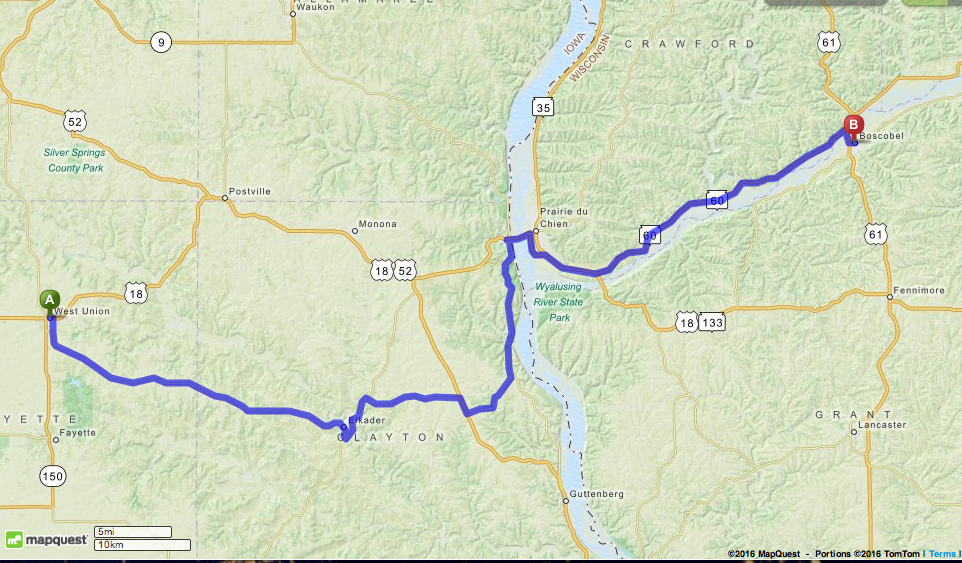
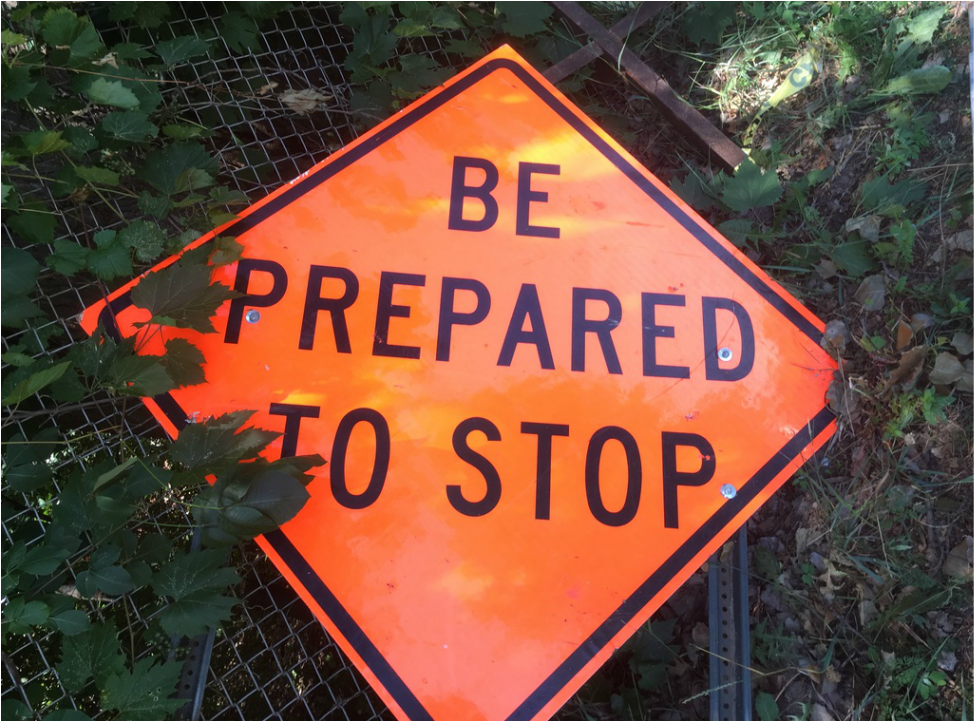
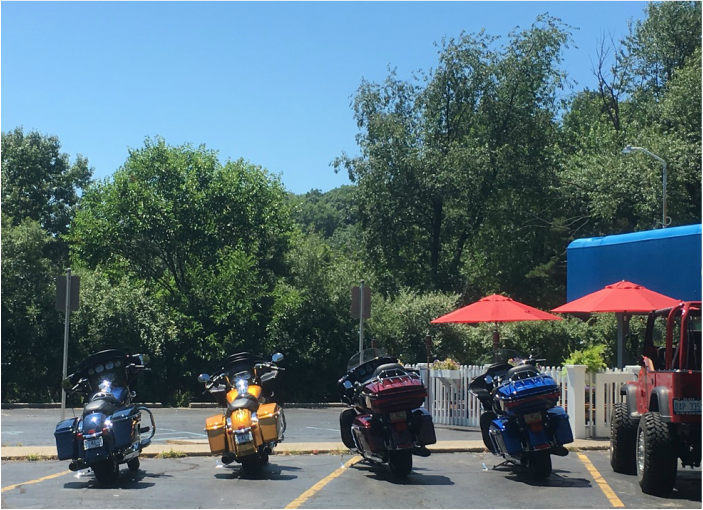
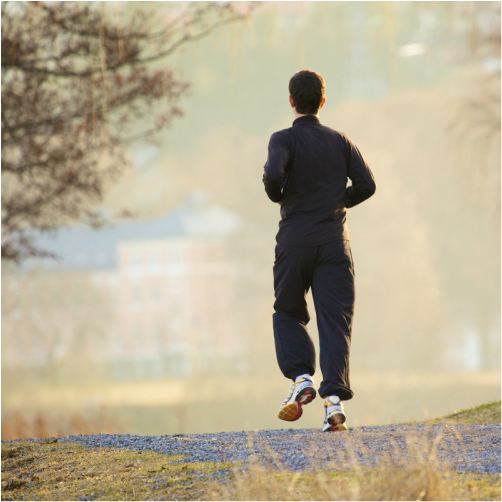
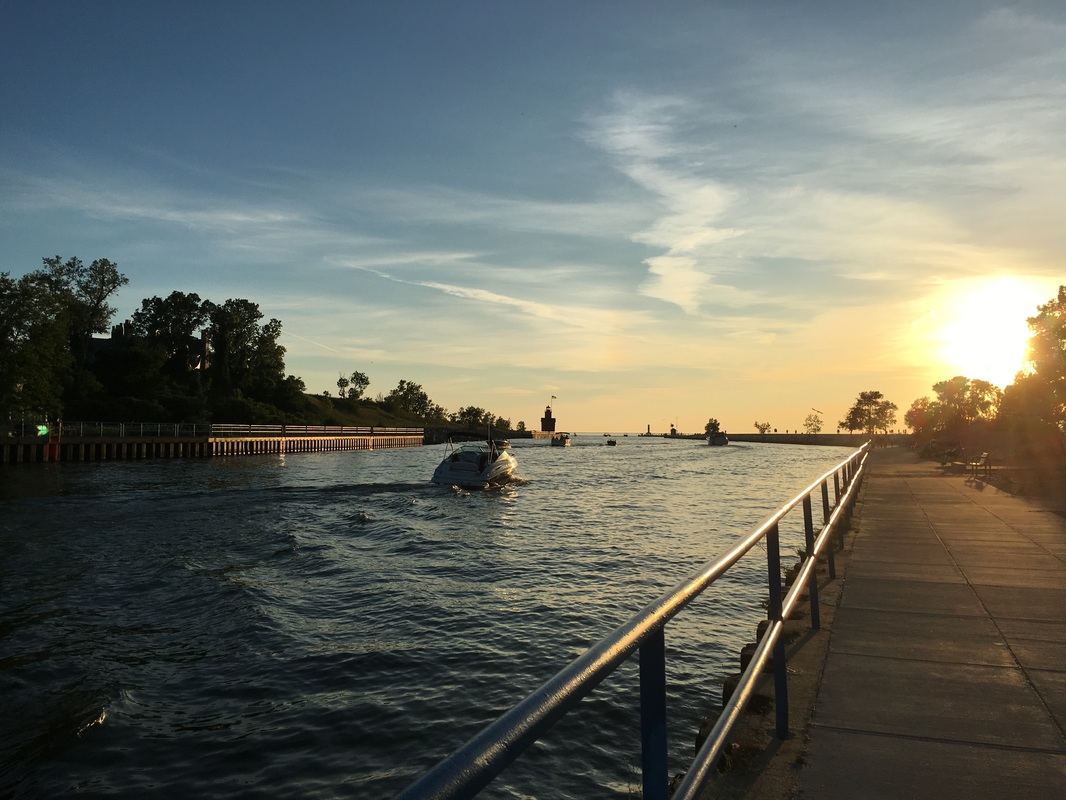
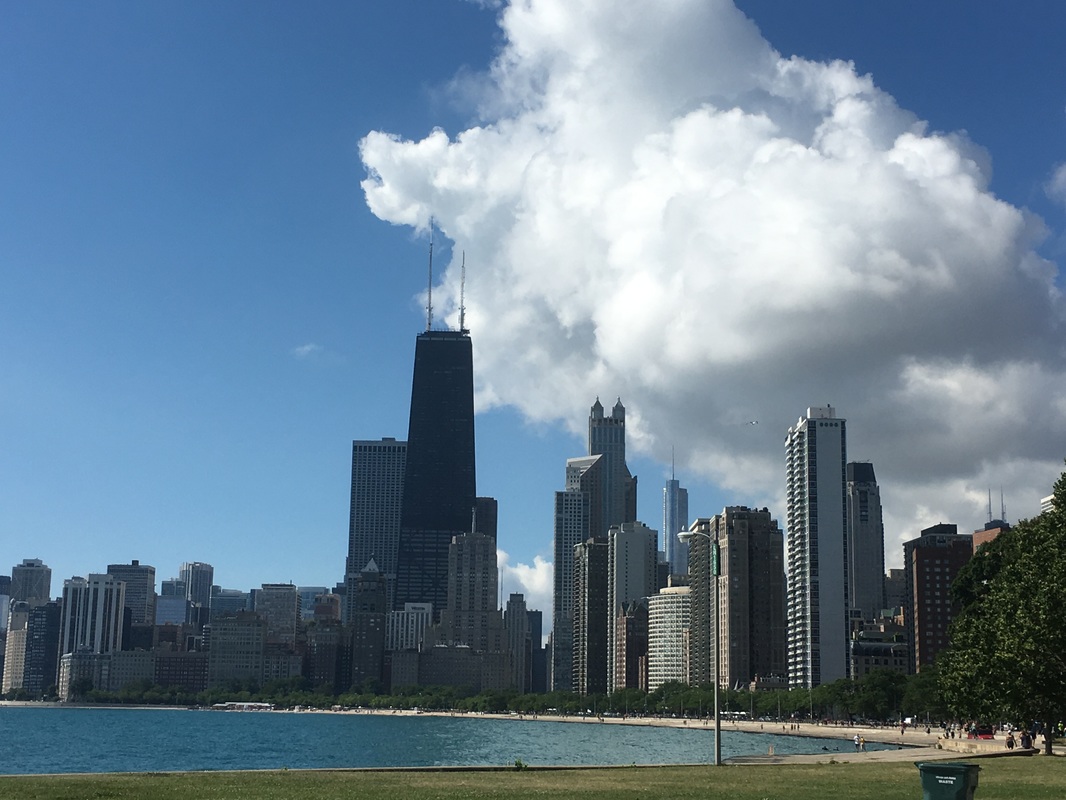

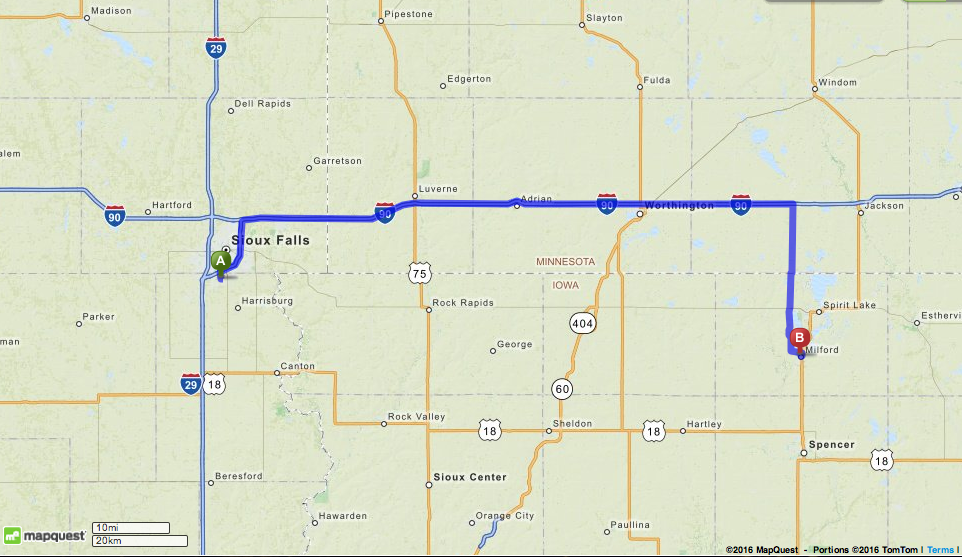
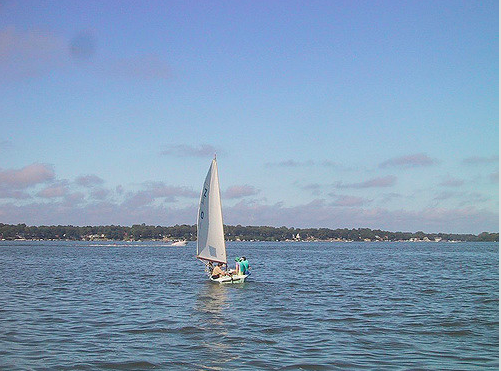
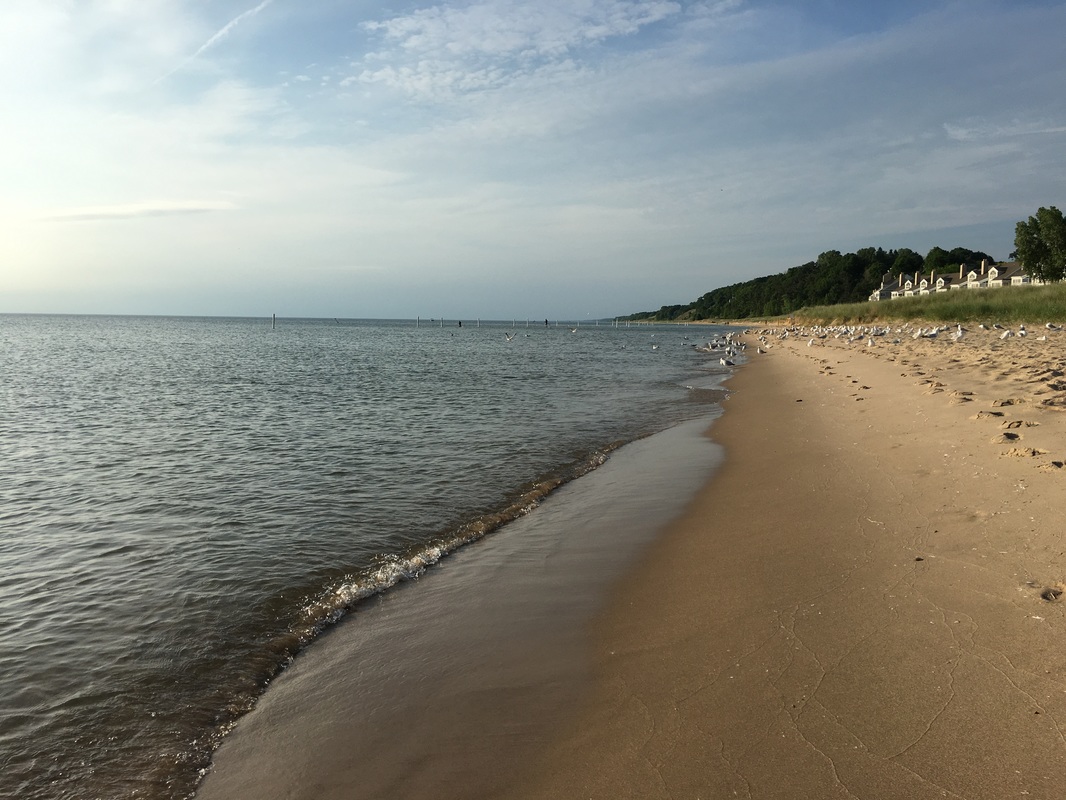
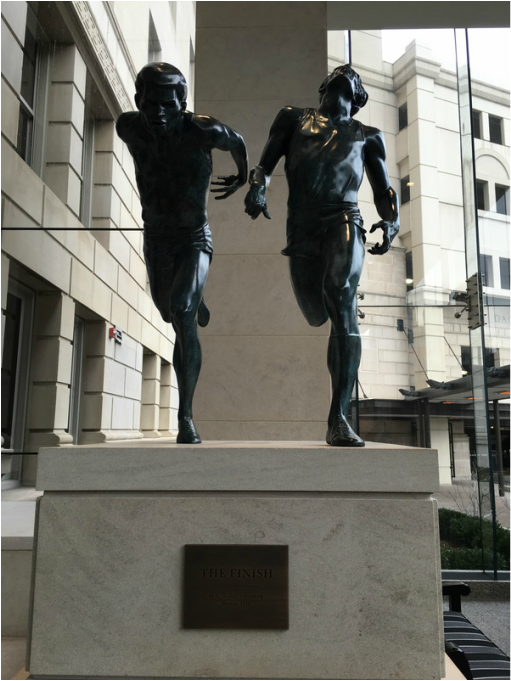
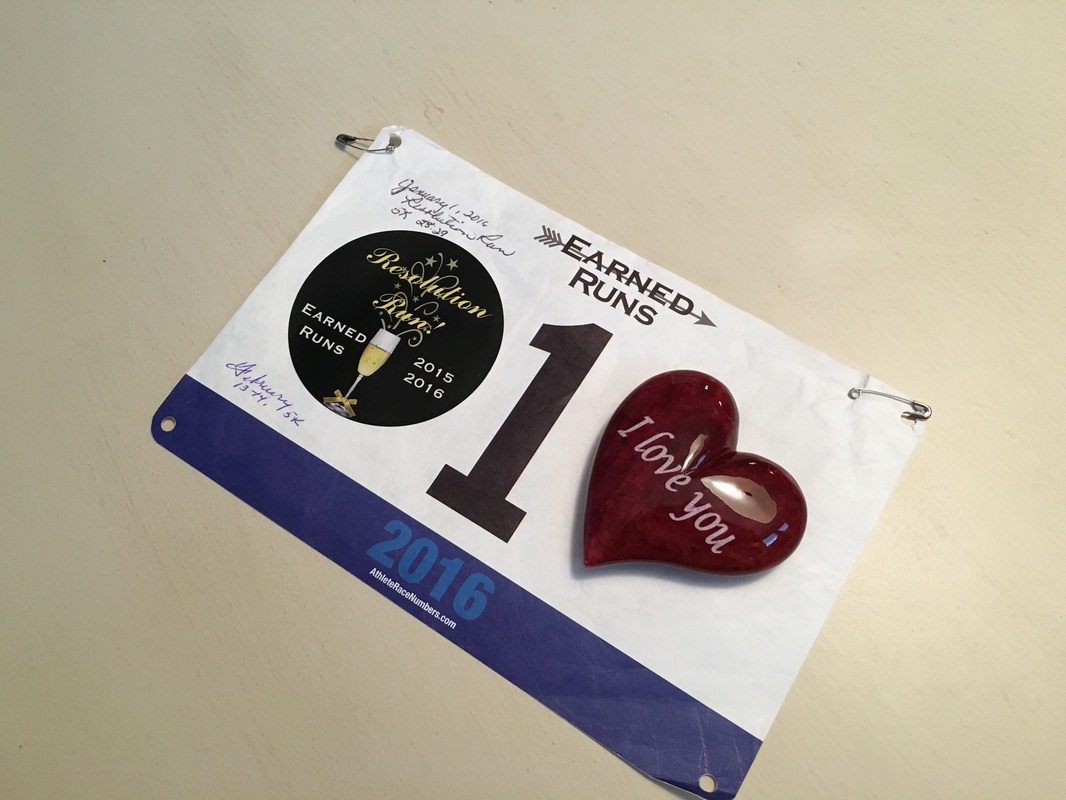

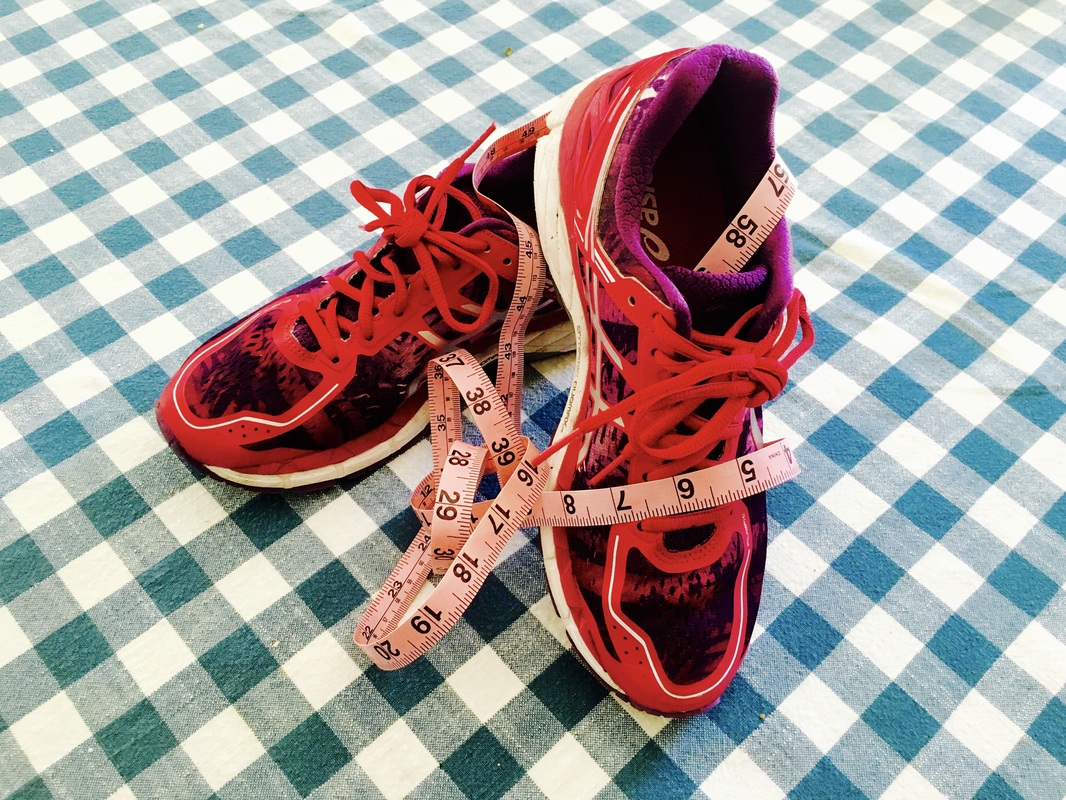
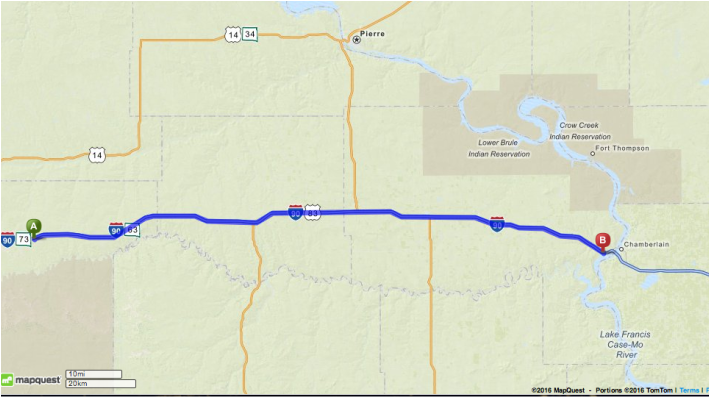
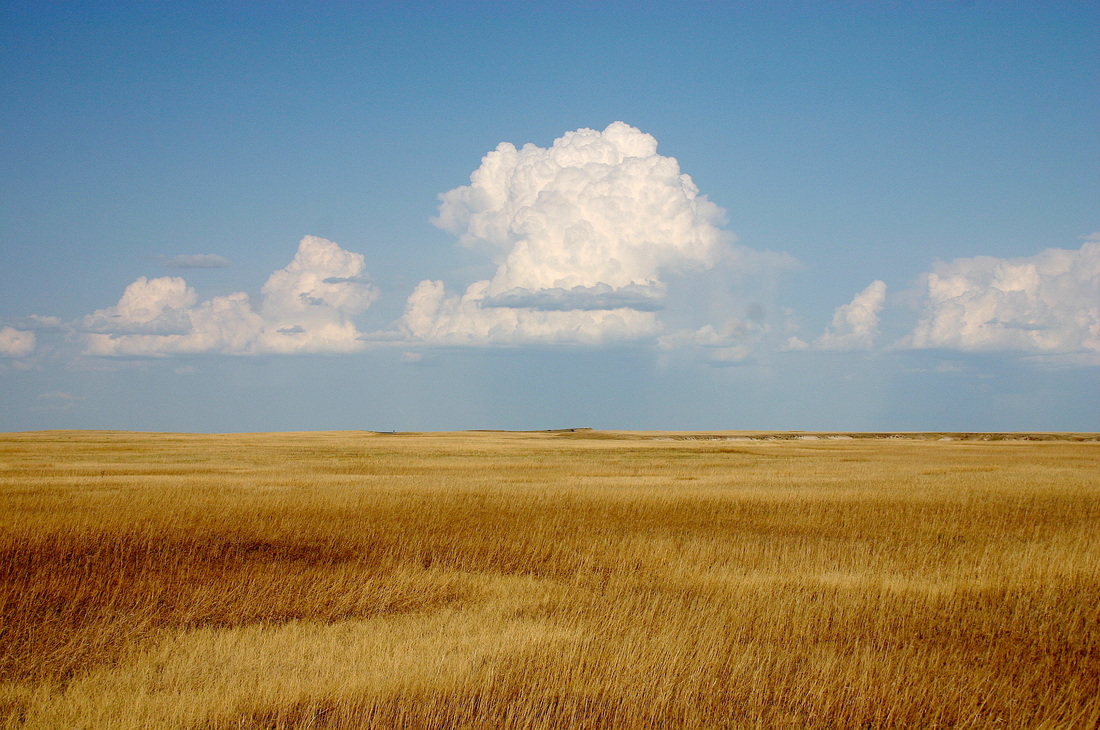
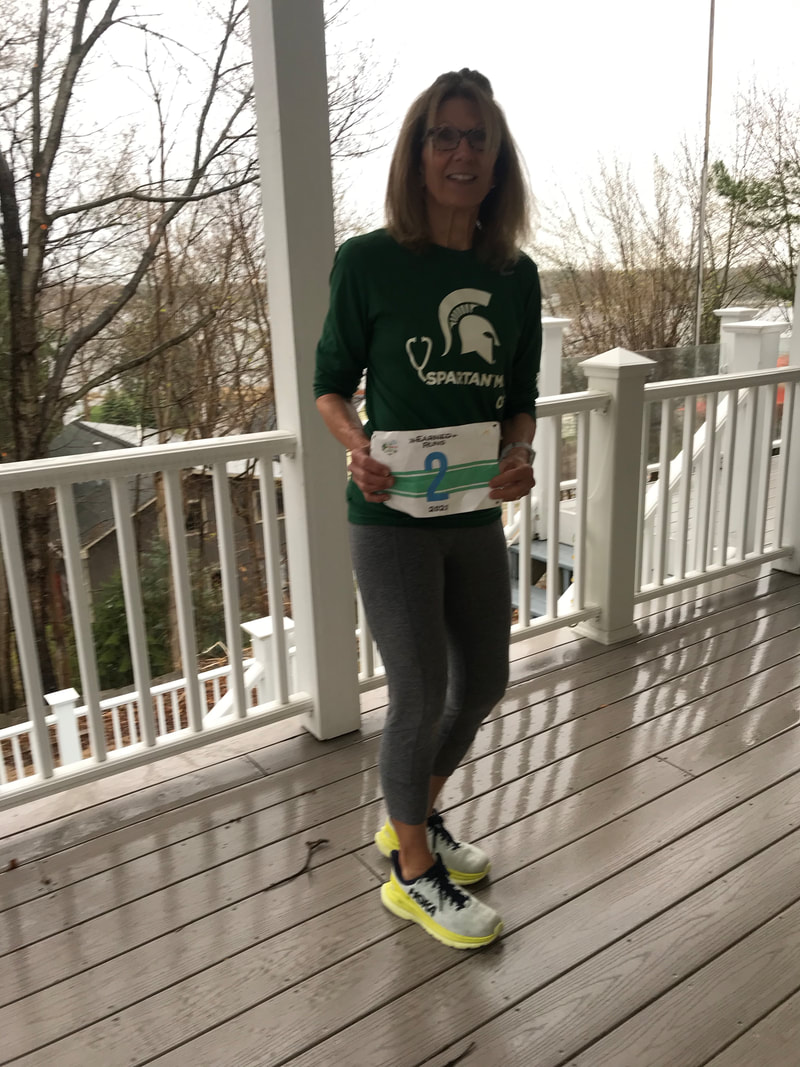
 RSS Feed
RSS Feed